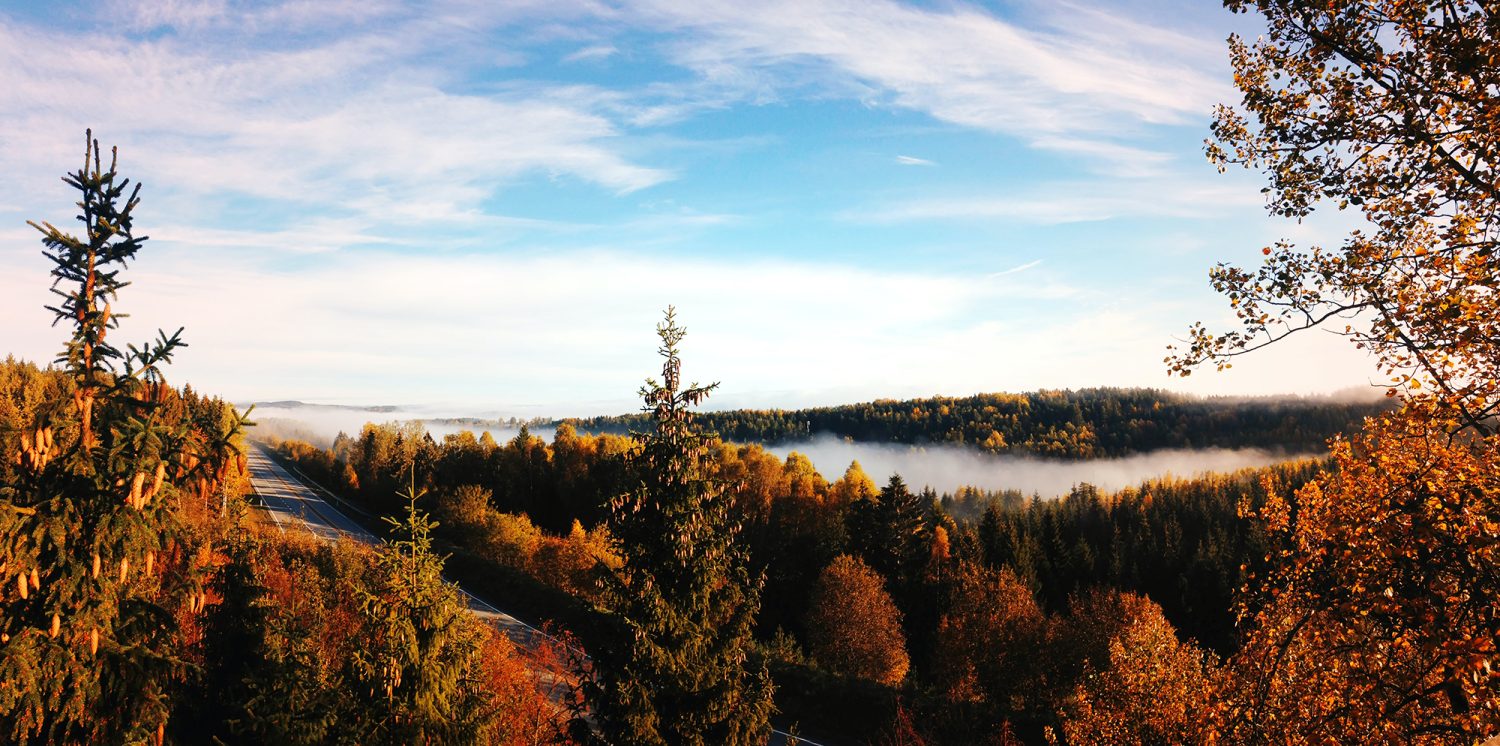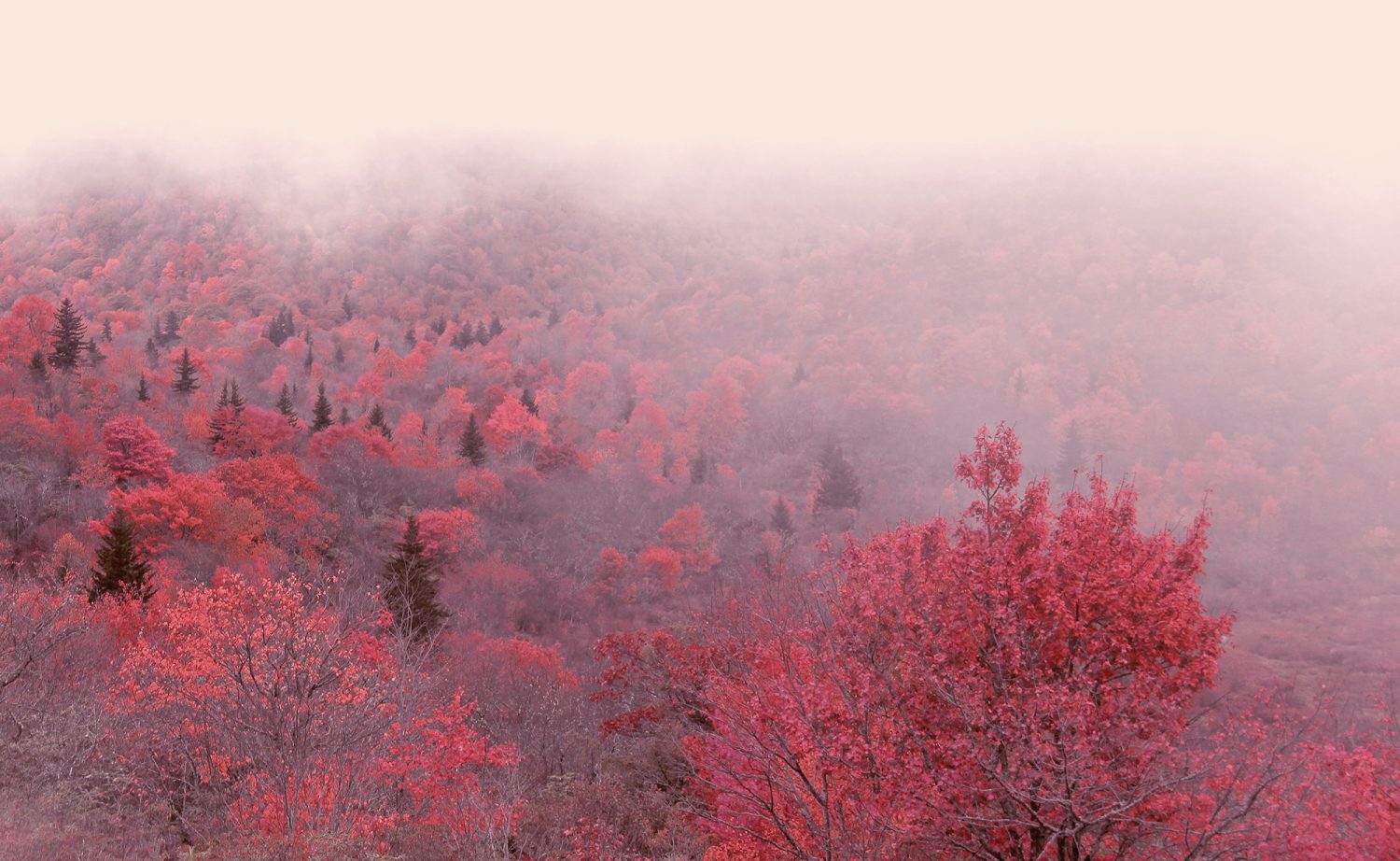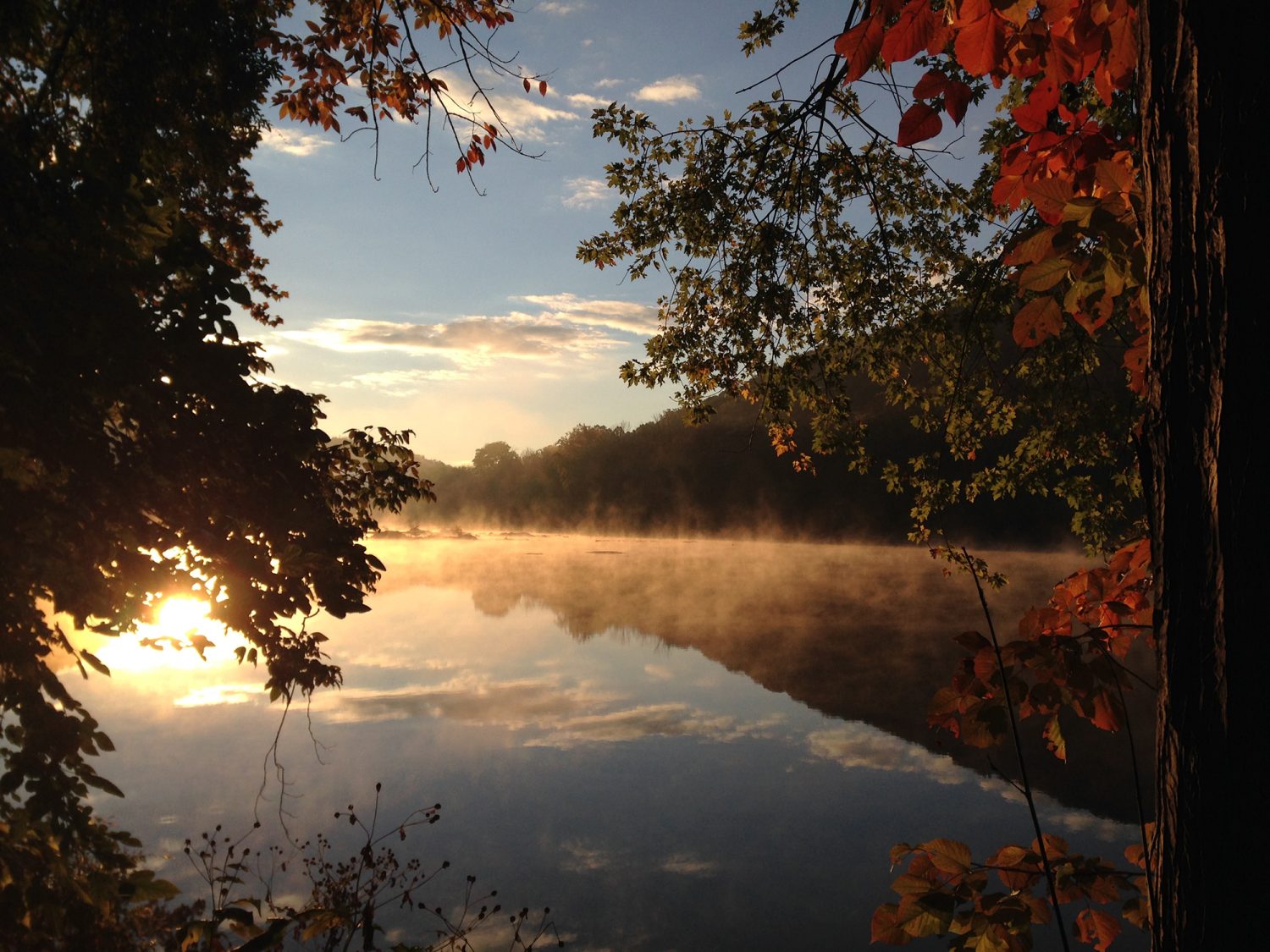Autumn or Fall is a season full of rich colours and glorious landscapes in many parts of the world. And these colours lend themselves particularly well to landscape photography, with opportunities to capture images in all sorts of weather.
 [1]Image 001 – Photograph by Johannes Plenio
[1]Image 001 – Photograph by Johannes Plenio
In this guide, I’ll teach you all about photographing autumn landscapes and how to get the best out of the stunning colours.
Here’s what we’ll cover:
- Preparation
- Camera gear
- Camera settings
- Weather and lighting
- Tips for photographing autumn landscapes
Preparation
Although autumn is a season that lasts a few months, the colour of the foliage tends to only be at its peak for a week or two. During this time, you’ll get the vibrant and bright reds, oranges and yellows that you’re looking for. Turn up at the wrong time though and the leaves might still be green or, worse still, have gone past their best.
This is where a fall or autumn foliage predictor comes in handy. If you do a quick internet search you can often find a foliage forecast for the area you want to take images in, or at least an area nearby. Of course, if you’re lucky enough to live in an area with spectacular autumn colours you probably won’t need to look things up! But the more accurate you can be, the better your chances of getting great shots.
 [2]Image 002 – Photograph by Ewa Stepkowska.
[2]Image 002 – Photograph by Ewa Stepkowska.
A panoramic shot allows this photographer to capture even more of the vibrant colours of autumn.
Camera Gear
Although you can use any camera to photograph landscapes, you’ll get the best results using a DSLR or mirrorless camera that allows you to use different lenses. A wide-angle lens will allow you to capture the whole of a scene, but a telephoto lens can be really useful in autumn as it allows you to capture details such as the gorgeous coloured leaves.
Key Lesson: A tripod really is essential for photographing in autumn, as it’s likely you could be shooting in inclement weather conditions that will call for longer exposures. Carbon fibre tripods are the lightest on the market and you can get some really compact versions, although these come with a sizeable price tag. If you’re not planning to hike miles an aluminium tripod will be more reasonably priced and kinder on your wallet. Whatever you choose, make sure that its legs are sturdy enough to remain stable in muddy, slippery or windy conditions.
Filters can come in useful in landscape photography. I’d recommend carrying a polariser filter, a graduated neutral density (GND) and a neutral density (ND) filter. A polariser will help to reduce glare from reflections and help to deepen the saturation of colours. A GND filter will allow you to balance exposures – for instance when you have a very bright sky and a darker foreground a ND filter will allow you to use longer exposures without overexposing your image. You can try adding in either of these filters to some of the techniques I suggest below.
Autumn weather can be wet at times, so make sure you’ve got a waterproof bag and potentially a rain cover for your camera. On that note, make sure you dress yourself weather appropriately – you don’t want to be stuck outdoors freezing because you haven’t worn adequate waterproof clothing.
 [3]Image 003 – Photograph by Annie Spratt.
[3]Image 003 – Photograph by Annie Spratt.
Don’t just focus on capturing an entire landscape in autumn. Details, such as this bunch of gorgeous leaves, make for equally stunning images – particularly when combined with a smaller depth of field to isolate them from the background.
Camera Settings
There are going to be a lot of variable settings when you’re shooting landscapes, depending on the weather. But there are some settings you can keep fairly stable. Firstly, shoot in RAW so that you’ve got as many options as possible in post production. Secondly, you can probably leave your white balance on auto – shooting in RAW also gives you the option to tweak this when you’re converting shots.
Make sure you select your own AF-point, or small group of AF-points, so that you’re telling the camera where you want it to focus. And keep your ISO as low as possible to ensure you don’t have any unnecessary noise in your image.
Your aperture setting will depend on what you’re photographing. If you’re capturing an entire landscape and want everything sharp, you will need a large depth of field and a small aperture of around f16. But if you’re shooting details, such as individual leaves, you’ll want a small depth of field to blur out the background and focus the attention on said leaf. For this you’ll need a large aperture of around f2.8-f4. Shutter speed is going to be the most changeable, as it will depend on how much available light there is and how much light is coming through your lens from your aperture setting. This is why a tripod is important as you may need to use longer shutter speeds to ensure your shot is correctly exposed.
 [4]Image 004 – Photograph by Erica Li.
[4]Image 004 – Photograph by Erica Li.
Unlike many other times of year, shooting in the mist and overcast conditions can actually work well with autumn colours as they are bright enough to still stand out.
Weather and Lighting
- The Golden Hour – The hour around sunrise and sunset produces beautiful pink and gold tones, with a soft flattering tone that compliments autumn colours perfectly. If you shoot on a sunny day with clouds, you’ll also get rays of sunlight that can be used to highlight autumn leaves and give them a golden glow. It’s likely that you’ll need to use a GND filter here to balance the differing exposures between your sky and foreground, and to prevent your autumnal colours being left in silhouette.
- Overcast / Rain – When we think of taking photographs outside, these conditions don’t immediately spring to mind as perfect! But if you’re photographing in the trees, overcast days can be perfect. The cloudy sky acts as a giant softbox, diffusing the light and softening hard shadows and highlights. This allows the bright colours and tones to come to the fore, without them being diluted by harsh sunlight. And, whilst I wouldn’t suggest that shooting in torrential rain is a great idea, autumn rains will make leaves look far more vibrant. Raindrops can also be used creatively – try shooting the reflection of the leaves in a drop, for example.
- Frost, Mist and Fog – As autumn progresses, the season marks a sharp drop in temperature in many parts of the world. This can lead to early morning conditions such as mist, fog, and frost – all of which can be used creatively. These conditions can allow you to highlight the vibrant autumn colours as they peak through the colder conditions.
 Image 005 – Photograph by Chris Liu-Beers.
Image 005 – Photograph by Chris Liu-Beers.Reflections can be used to great effect with autumn landscapes, adding even more depth and colour to a shot.
Tips for Photographing Autumn Landscapes
- Rule of Thirds – The most obvious shot that springs to mind when thinking of autumn is probably the classic landscape shot that encapsulates the trees and colourful leaves. The rule of thirds can work well here – dividing the photograph in a 3 x 3 grid and placing points of interest at the intersections. This allows you to balance sky, horizon, and foreground equally. Look for leading lines to direct your viewer into the shot.
- Different perspectives – Of course, you don’t just have to stick to the Rule of Thirds. Shooting straight up into the trees can work extremely well and give you a different perspective. Or look lower and include some of the carpet of leaves that you’ll find on the floor. You can also choose a main subject, such as a body of water or a building and use the Autumn colours to enhance it.
- Details – It can be tempting to just photograph an entire scene in Autumn – there are so many beautiful colours and scenes to capture. But minimalism also lends itself well to Autumn photography. Isolating individual leaves or a single tree, for example, can lead to some fantastic shots. Take advantage of a small depth of field here – you can isolate an individual element and use the bright colours as a soft background behind your subject.
- Foreground and background elements – Look for a combination of both elements when you’re shooting. It can be easy to be carried away by the beauty of a landscape background, particularly with the glorious colours of the trees. But a completely blank foreground can leave an image looking unbalanced and empty. Use objects in the foreground to draw your viewer into an image and direct their gaze as you want.
- Reflections – Water can really add to autumn landscapes, giving you the opportunity to reflect the vibrant colours and create even more eye-catching images. Vivid foliage will reflect well in water – if it’s a sunny day you could consider using a polarising filter to increase colour saturation but be careful not to ruin the reflection.
In conclusion
Autumn lends itself well to photography, with plenty of opportunities to capture beautiful and vibrant images. This guide should help you to get out there and start shooting.
Self-help quiz
- What filters are useful for landscape photography?
- Do you need a large or small aperture for a large depth of field?
- What does a cloudy sky do to shadows and highlights?
- Why is a tripod important for autumn landscapes?
- What filter could you use to increase colour saturation?
Further Resources
If you want to push your creativity and stretch your skills in landscape photography, check out these Landscape Photography Creativity Prompts [5] from our friends at Photzy! These 5 creativity prompts include over 20 assignments for you to dive into and get out into the field. Read all about these prompts here. [5]